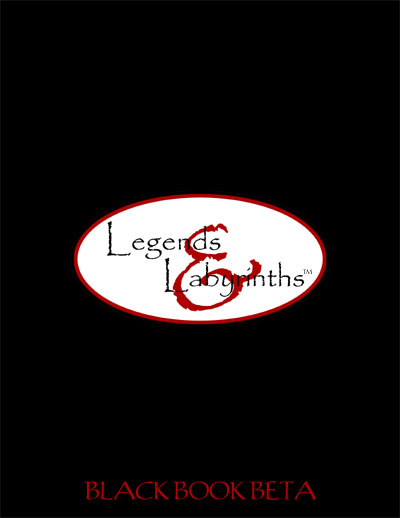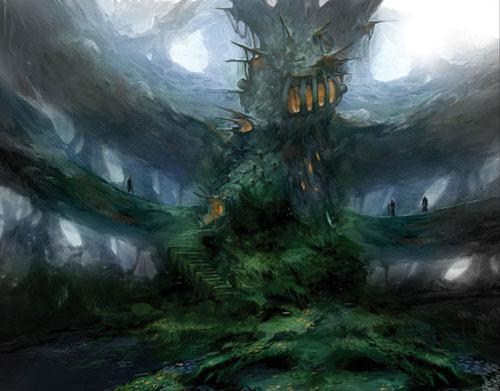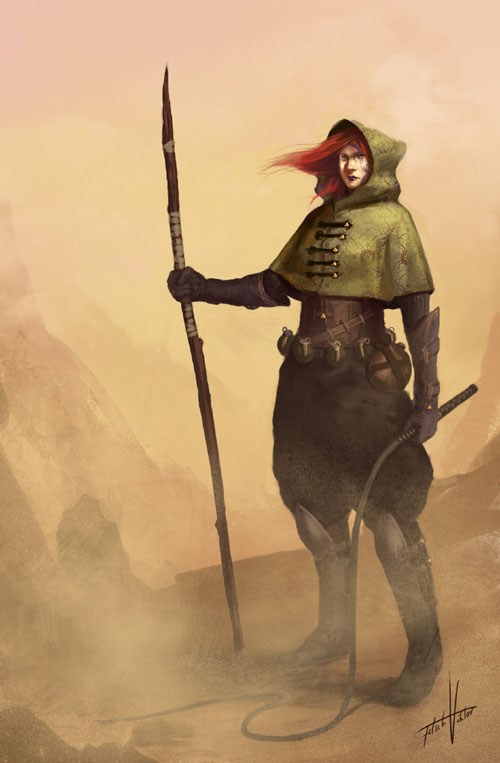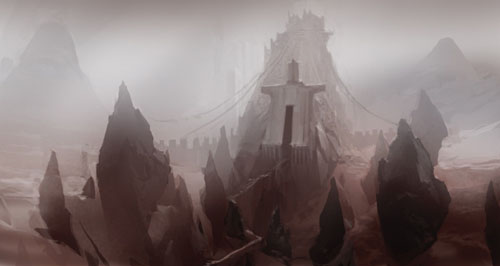As those of you who have seen the Black Book Beta know, I’ve generally eliminated the rules for spell components: Distinguishing exactly which spells require verbal and/or somatic components is an almost perfect example of the kind of non-essential detail that Legends & Labyrinths is systematically eliminating in order to provide you with a simplified and streamlined engine for your imagination.
I made an exception, however, for material components: Spells like identify and raise dead are partially balanced by the expensive material components they require.
And then, since I’d been forced to include the rules for material components anyway, I thought I might as well go ahead and include all of the material components.
But as I revisit the Grimoire for its final editing, I’m beginning to suspect I may have made a mistake. So what do y’all think? Should I keep all of the material components for the sake of consistency? Only keep the ones with a significant monetary cost? Get rid of all of them? Bring back all the spell components? Invent a fourth category of spell component and just toss it in there for kicks?
(What would that fourth category of spell component be? Hmm…)


















